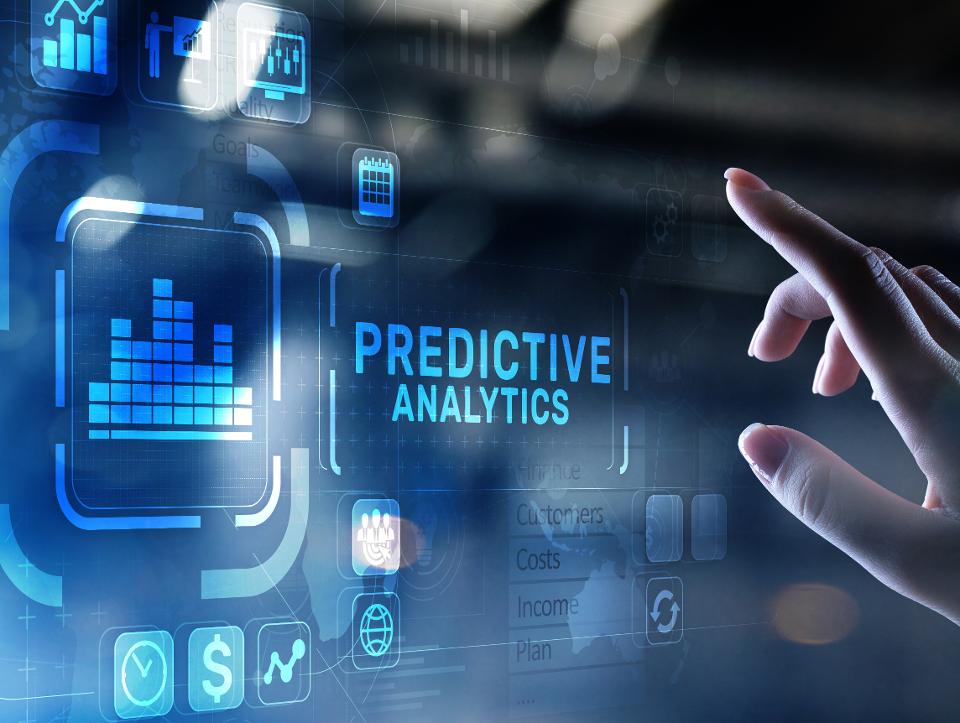No more fortune telling: predictive analytics in retail

The pandemic clearly showed that in fact, the only alternative to closing a business was online sales. Even if a company’s website was in its infancy, it was urgently setting up standard tools for e-commerce: lead generation, traffic generation, and sales. The key problem that remained was attracting the attention of potential customers to their resource. It was even more difficult as people started to buy less because of falling real incomes and under stress from viral threats and long self-isolation.
Customers who once refused to buy a product of a certain brand return with great difficulty. The company, which lost the ability to remind customers of itself in the usual channel during isolation, had to use online loyalty tools to return sales.
Thus, in these difficult circumstances, when customer interest is at a very low level, marketers need not only to bring a potential buyer to the retailer’s site, but also to show them exactly those products that they are most likely to like, otherwise the purchase will not take place.
Data researchers and data scientists help you find out your customers ‘ preferences. Using predictive analytics tools, they identify people with common behavior patterns among all their clients, form clusters, and then use it to prepare the most personalized offer for each cluster.
Clusterization is not about segmenting customers on formal grounds like by age, gender, place of residence. Clusterization helps you identify truly homogeneous groups with similar attitudes to purchases and the same problems, preferences, interests, or lifestyle. This mathematical procedure is based on a statistical approach and allows you to programmatically identify the most significant parameters of consumer behavior of buyers. Then, again, using software methods, you can create trade offers for many identified small groups and promote them through different channels.
For instance, a customer is looking for the products they need on your website and popular items from the related category are automatically pulled up.
Connecting recommendation services to online store sites gives good results.
When the data analyst has formed clusters of buyers, it is necessary to predict which product is likely to be offered to which clusters of buyers. Knowing the preferences of customers in a particular cluster, the specialist builds a table for the probability of purchasing a specific product.
For a company with a customer base of about 12 million people and about 200 thousand products in the active range, such a table can consist of more than 240 billion cells: horizontally-people, vertically-products. This amount of data will break Excel down, but machine learning can handle this task.
The table can be filtered by the highest probability of purchase (we are interested in at least 50%), then we will see everyone who is sure to buy these products. At the same time, you will be able to find out which of the buyers does not buy anything and creates an outflow. Using the table, we try to offer this segment of customers several types of goods and see how customers react.
It is possible to predict the purchase of goods not only here and now, but also for a long time.
Predictive analytics is still a new marketing tool, and retail, of course, is very heterogeneous, so the wariness of many companies is clear: will machine learning be effective in a particular segment of the industry? In this case, you should first conduct a pilot project and based on its results, make a decision to launch the service into productive operation. You should start using machine learning technologies by embedding models in existing processes and systems (for example, CRM) to get the fastest possible return.
However, at the beginning of online development, it is too early to engage in data analytics, since the company does not have stable traffic yet and, in fact, there is nothing to analyze. Any work of this kind begins when a good amount of data already collected.
Major retailers’ IT departments understand that it is easier to give the task to an experienced third-party contractor than to look for specialists inside, especially if the company has never had such a project. You need to look for companies that consist of industry experts and a data science team. Projects can be called effective when their results are transmitted with the source code, open source technologies are used, and the customer company forms its own competence center based on the results of the project.
If the company is ready to finance the development of its own e-commerce team, this will be the best investment. After the project it will keep its own specialists and raise funds through predictive analytics. Client traffic generation will continue. With constant work in this direction, the model, which is continuously in the process of self-learning, will learn data better and make predictions more accurately.
If you can’t afford to hire data scientists, you can optimally use predictive analytics based on cloud services or SaaS (Software as a Service) solutions.